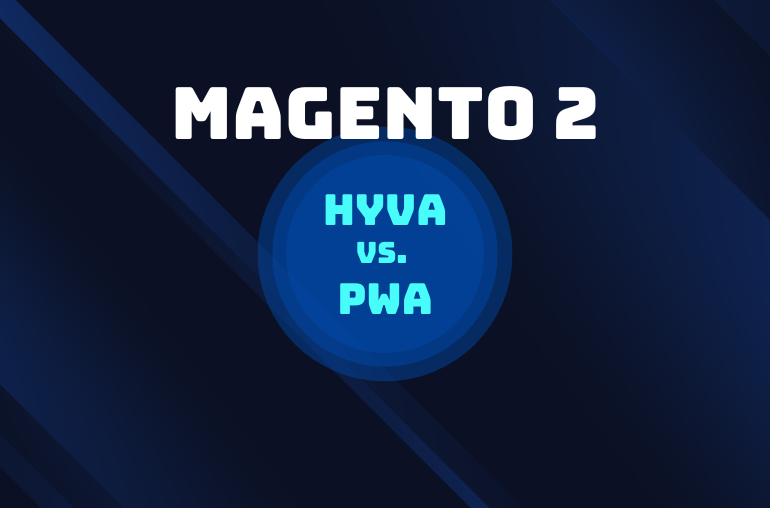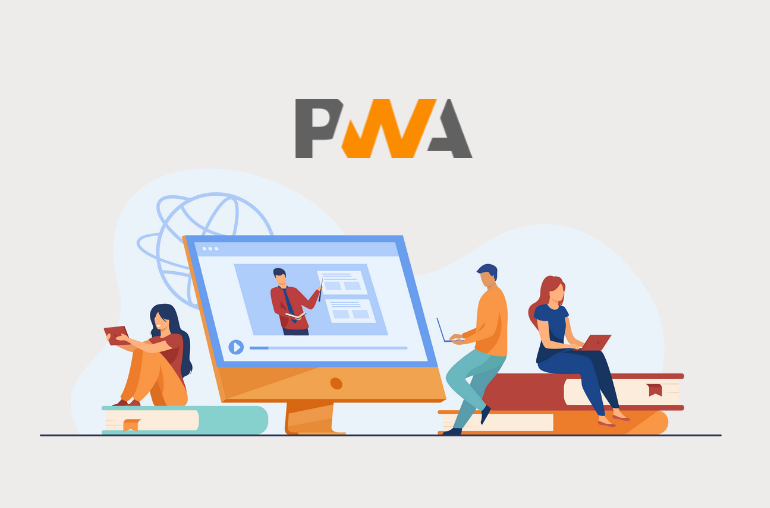Seeing as PWA is the sudden buzzword nowadays, you must be finding yourself wondering if there are even downsides to this supposedly new marvel of the Web. And as one of the first adopters of this new approach of the Web, we’re telling you: there are downsides to PWAs — but to get to the truth of this, we have to first filter out all the misconceptions out there regarding the limitations of this new approach to web development.
Myths and facts about the downsides of PWA
PWA is not without flaws. The commonly perceived flaws of PWAs, however, are inaccurate and sometimes downright the opposite of the truth. Seeing that there’s a need—or more like, a hole in the current public knowledge regarding the true limitations of PWAs—we feel that it’s our responsbility to use our experience (as longtime Magento PWA developer) to correct some of the currently popular misconceptions in our article today and, in the process of which, provide you with new and refreshing information.
Myth #1: PWAs are for mobile only
The mobile-first approach that PWA boasts to employ, and the whole movement behind it, might have led to some misunderstanding between its audience. This is more of a miscommunication issue as discussions around PWAs are oftentimes based on too many vague yet simple descriptions of PWA, e.g. reliable, fast, engaging, mobile-first, etc… which together make PWAs sound like a better—and mobile-only—version of native apps.
Fact: PWAs are for every device that has a supporting browser
Mobile-first apparently doesn’t have the same meaning as some people have been led on to believe. To clarify, the mobile-first approach simply means that it’s an approach that prioritizes and makes the mobile as the default layer to build on, effectively ensuring a responsive experience from the lower up.
Essentially, PWAs still rely on the web for all its progressive features—and this means that it should be able to perform similarly on any device that has a supporting browser that meets all the criteria for a fully functional, app-like experience. And chances are, if your fridge’s operating system can run Chrome or Android, it probably can run PWA too.
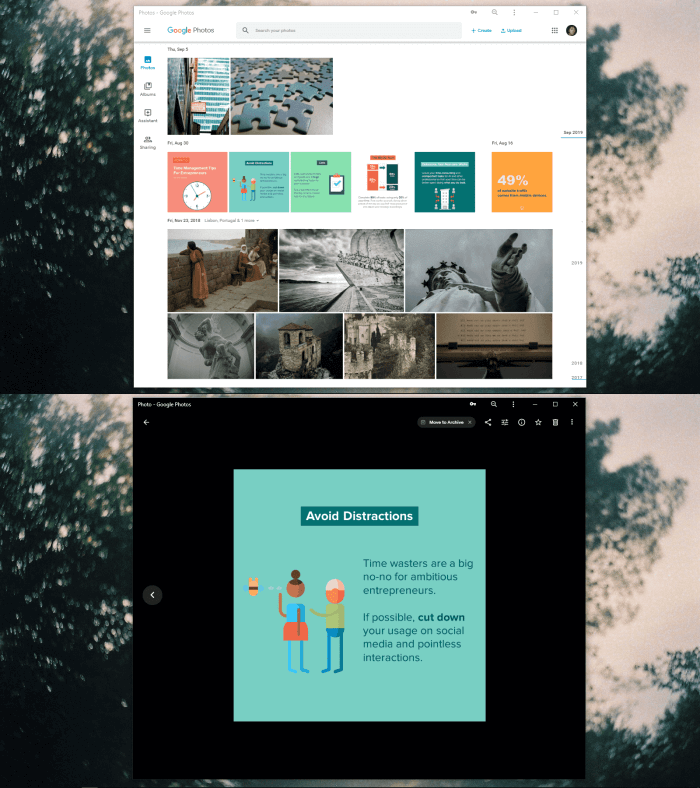
Myth #2: PWAs have no app store presence
Word around is that PWAs are the neglected child in the family — unaccepted, unauthorized, and denied of presence in any of the major app marketplaces. Developers who want to submit their PWAs to marketplaces have to package their PWA submissions into a type of hybrid app which is not always guaranteed to work.
Fact: PWAs are publishable to almost anywhere except for Apple App Store
Contrary to the myths out there, PWAs have a place in almost any popular app marketplace out there. Two of the current big guys in the tech industry—Google and Microsoft—heavily invest in PWAs and want to make it the new way for software delivery, which is why you should see PWAs only getting better recognition from now on.
To get an idea of what’s the state of PWA in Windows, you need to look no further than Microsoft’s own welcoming post which explicitly stated that PWA was to become one of their first-class app citizens:
[…] we want to take PWAs on Windows to the next level, by making them first-class app citizens in Windows.
Microsoft, Welcoming Progressive Web Apps to Microsoft Edge and Windows 10
On Google Play Store, however, it’s a little bit of a different situation. PWA isn’t exactly a first-class app citizen on Google Play Store but it receives special treatment, i.e. TWA (Trusted Web Activity), using which treatment developers can publish PWAs with ease.
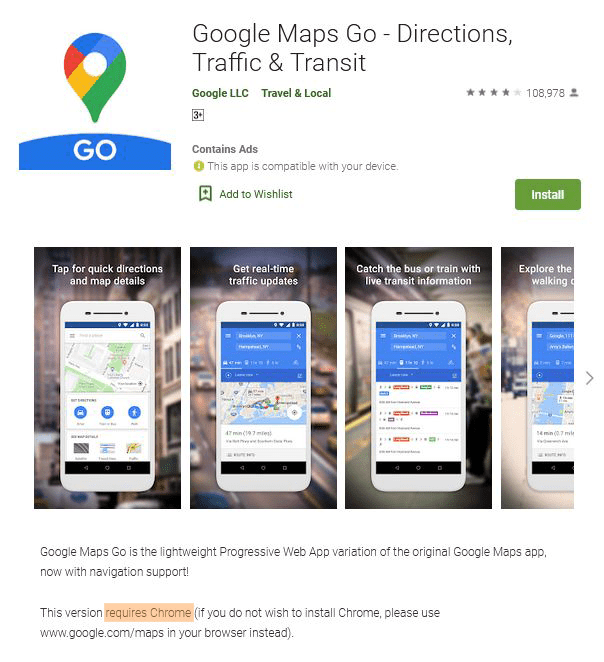
To be fair, we do think that PWAs have limited app store presence, since the tech is currenting being held back by one major app marketplace, namely Apple App Store. As it currently is, Apple App Store is the only app marketplace that shows no interest in PWA and welcomes no part of PWA in their app store, making it harder for PWA to become a viable option for businesses that want to build and publish PWAs on both Android and iOS.
Apps that provide core features and functionality dynamically with web technology like HTML5 are best delivered to everyone in Safari, rather than through the curated App Store.
Apple, App Updates for HTML5 Apps
Recommended reading: Publishing PWAs to Major App Stores: The Whys and Hows
Myth #3: PWAs can’t access hardware features
PWA’s main disadvantage is its inability to reliably access the hardware features of the device in use, i.e., not being able to access the most basic features of a device like camera capturing and/or geolocation. This is even more of a concern among mobile users as they expect the PWA, when operating on a mobile device, should be no different than a typical native mobile application in terms of features.
Fact: PWAs can and are actually pretty good at accessing hardware features
While there certainly are browsers that have not yet developed the needed APIs to further extend the browser’s ability to take advantage of the hardware capabilities of the device in use (looking at you, Firefox), most Chromium-based browsers nowadays have advanced pretty far in this regard.
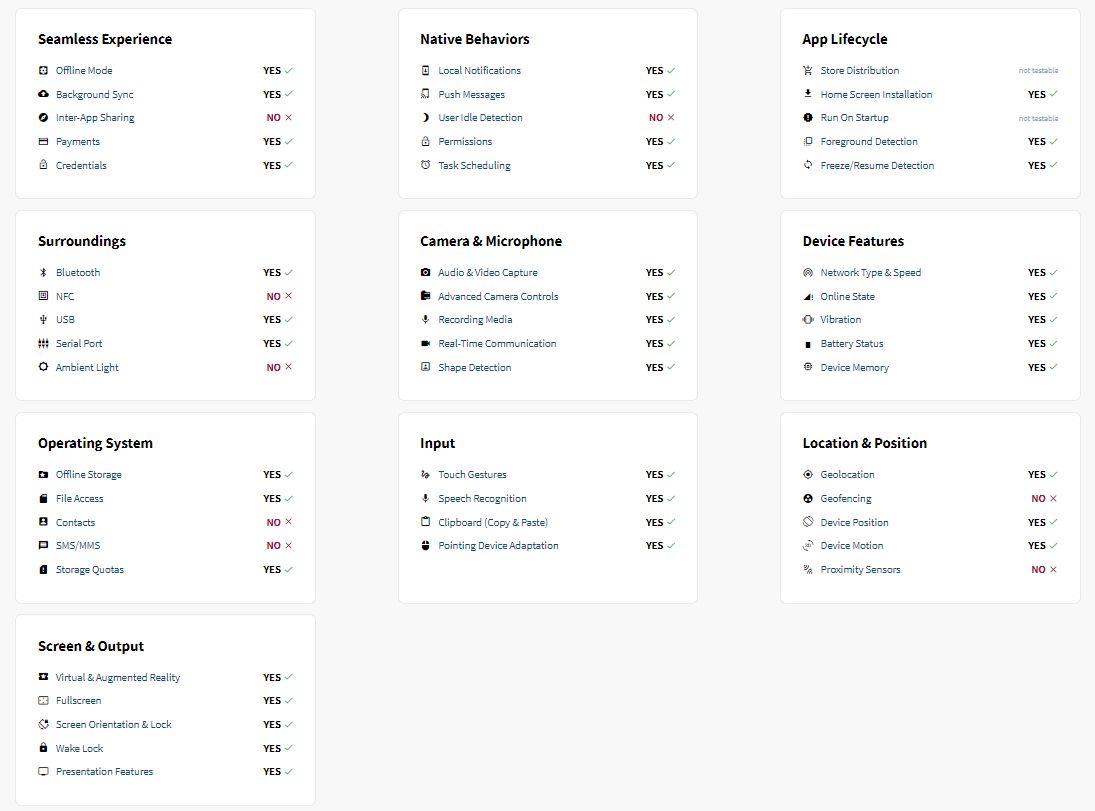
Source: WhatWebCanDoToday
What this means is that PWA capabilities have advanced pretty far in the recent years, and your typical Chromium-based and/or Android-based PWAs should be able to access the hardware features of your device just as well as compared to that of native mobile applications, barring some yet-to-be supported hardware features like the ability to access contacts, send SMS/MMS.
Related article: Progressive Web App and Hardware Access
Myth #4: PWAs are expensive to develop
All this marketing around PWAs seems to have put PWA on a pedestal, making it out to be something out-of-this world—something which would require a substantial amount of funds to develop. And since PWA developers are already scarce to begin with, people expect PWAs to be even more costly to develop, and the common perception is that a proper PWA capable of boosting conversions just seems like something that the more resourceful brands should do.
Fact: PWAs are not that expensive to develop
Since part of our work is to develop and maintain PWAs for Magento merchants, we know all too well about the ins and outs of PWA development—and it isn’t something overly expensive as some might expect. In fact, based on our experience in the eCommerce field, the typical prices for a basic Magento PWA package range from $3.000 – $35.000, which is below what you would expect of the typical budget for an Android eCommerce app.
But we’re only talking in terms of the typicals, the averages here—what about the best case scenarios? Well, since we provide cost-effective PWA solutions for Magento merchants, we think we can provide an answer to this question. In the best case scenario—that is your PWA developer(s) is capable and affordable, as well as being the best fit for your business—you can expect your PWA to be priced reasonably close to a typical website.
Myth #5: PWAs are not good at reaching users
For businesses that want to expand the reach of their brands, PWAs are oftentimes perceived to have a much smaller reach and seemingly constrained to a specific market only; while native apps, in contrast, are seen as a safer solution that guarantees better ROI (Return on Investment).
Fact: PWAs can reach more people
Since PWAs are technically websites, we can expect PWAs to have far better reach than any native mobile application and/or any responsive website because they have the advantage of being discoverable on both the mobile app marketplaces and the search engine, simultaneously. This makes for a better—not limited—reach, and is the reason why the more innovative and risk-taking businesses who want a better way to expand their presences see PWAs as a more viable solution.
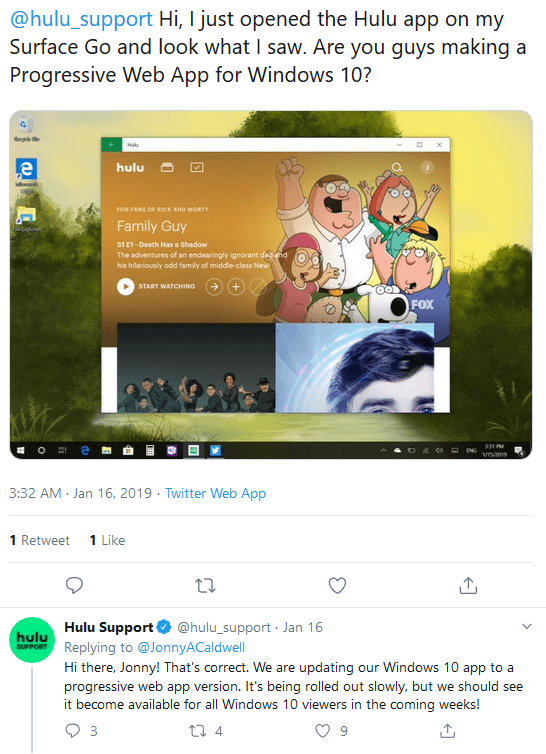
With the current rate of PWA adoption, you can expect this new approach to the Web is here to stay—and it should, because for businesses who want to make the most out of their investment, PWA is still the goldmine that’s yet to be fully realized. With just one single codebase to have your app available on both the Web and app marketplaces, PWA will very soon be the new way for software delivery.
Steer clear of misinformation
With all these myths going around, it can be hard to filter out the misinformation and figure out for yourself if PWA really is the solution that your business needs. And seeing that the advantages of PWAs far outweigh its disadvantages, we think that there’s a reason why this new approach to the Web has received attention from even the big guys like Google and Microsoft — because it’s the future.


